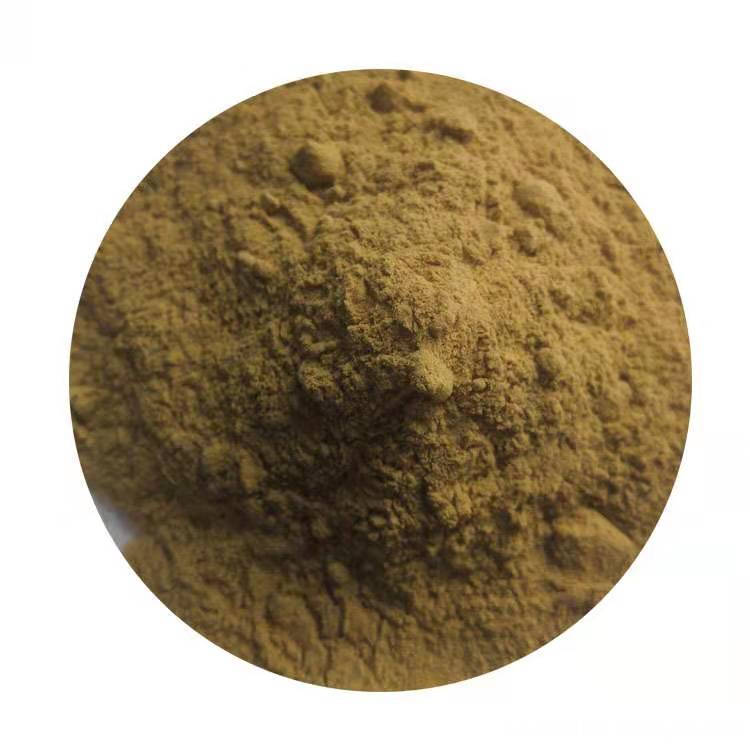Loaches are commonly found in freshwater environments such as rivers, rice paddies, and ditches. Their optimal growth temperature is around 25°C. When the water temperature drops below 5°C or rises above 35°C, they burrow into the mud to become inactive. These fish are omnivorous, relying on their sensitive antennae and taste buds to locate food since their vision is not well developed. They use their horseshoe-shaped mouths to suction organic matter from the bottom sediment. Loach meat is tender and rich in nutrients, making it a popular aquatic product among both urban and rural populations in China. It also plays an important role in China's aquaculture exports, indicating a strong market potential for loach farming.
To begin with, loach ponds should be constructed near Xiangyang, in areas that are easy to manage and close to water sources and residential areas. The pond area is typically around 100 square meters, with a depth of about 80 cm. The walls should be reinforced with soil or cement, extending 40 cm above ground level to prevent surface water from entering and causing the loaches to escape. Water outlets should be installed around the pond to avoid flooding during storms. Inlet and outlet ports must be covered with barbed wire to prevent loaches from escaping. Each pond should have four to five small pits, each measuring 4 square meters and 50 cm deep, serving as shelters for the loaches during hot summer days when temperatures rise. The pond bottom should contain a layer of clay or nutrient-rich mud, about 15 cm thick. The water depth should be 30 cm in spring and autumn, and 50 cm in summer. Aquatic plants like Sagittaria can be planted to provide shade and support the loach’s growth.
After constructing the pond, it should be disinfected with 20 kg of disinfectant per 100 square meters, allowing it to sit for 20–30 days before stocking. Seven days later, base fertilizer should be applied—around 40 kg of manure spread evenly across the pond. Pig, cow, or sheep manure can also be used, and the quantity can be increased. The manure can be piled up and allowed to ferment before being added to the pond. Based on the water quality, additional topdressing should be applied to maintain good conditions. The water clarity should not allow visibility of the bottom soil at a depth of 20 cm.
For stocking, loach fingerlings of 3 cm or larger should be introduced at a rate of 15–20 kg per 100 square meters. Fish of similar size should be stocked together to prevent cannibalism. If the pond has flowing water or advanced feeding and management techniques, stocking density can be slightly increased.
Loaches are omnivorous, so in addition to organic fertilizers, they should be fed animal-based feeds like fly larvae, silkworm pupae, cockroaches, snails, and slaughterhouse waste, along with plant-based feeds such as soybean meal, wheat bran, rice bran, and cake. Feeding should follow the “four principles†of timing, quantity, quality, and location. Their feeding behavior is closely related to water temperature. When the temperature is below 20°C, plant-based feeds should be prioritized. Between 20°C and 25°C, animal and plant feeds should be split equally. At 25°C to 30°C, animal feed should make up 60%–70% of the diet. The daily feeding amount is generally 8% of the total loach weight, increasing to 12% when the temperature is high. Feeding is usually done once a day between 4–5 p.m., or twice a day in the morning and afternoon. The amount should be just enough so that no leftover food remains the next morning.
Daily management involves regularly changing the water to keep it clean, checking the pond structure for leaks, maintaining the water level, and preventing escapes. Organic fertilizer should be applied every 15–20 days to sustain productivity. Quicklime or bleaching powder should be used periodically for disinfection, water regulation, and disease prevention. Ducks and other harmful animals should be kept away from the pond to avoid damaging the loaches. During summer, shade should be provided, and in winter, shallow water or drainage should be used for overwintering.
When the temperature drops below 5°C, loaches stop feeding and cease growing. At this point, a large number of fish can be harvested for the market, or necessary measures should be taken to ensure their survival through the winter.
Green Coffee Extract
green coffee extract:
Green coffee bean extract is made from the green beans of the coffea Arabica plant. There are two types of coffee plants, arabica and robusta. The arabica is higher in quality and higher in chlorogenic and caffeic acids, two primary compounds responsible for anti-oxidant activity. Coffee might have anti-cancer properties, and researchers found that coffee drinkers were 50% less likely to get liver cancer than nondrinkers.
Product features:
1. Special large package for industrial raw material sales(10kg/20kg);
2. 100% pure coffee;
3. Good instant solubility;
4. Stable raw material origin and long-term supply
Functions:
Losing weight.
Anti-virus; Anti-bacteria; Anti-cancer; Anti-aging; Anti-infectious.
Lowering toxicity.
Lowering blood pressure.
Reducing the risk of diabetes.
Help with muscle fatigue for athletes and bodybuilders.
Green coffee bean has strong anti-oxidant properties similar to other natural anti-oxidants like green tea and grape seed extract. Green Coffee Beans have polyphenols which act to help reduce free oxygen radicals in the body. Green coffee bean extract is sometimes standardized to more than 50% Chlorogenic Acid. Chlorogenic Acid is the compound present in coffee which has been long known as for its beneficial properties. This active ingredient makes green coffee bean an excellent agent to absorb free oxygen radicals; As well as helping to avert hydroxyl radicals, both which contribute to degradation of cells in the body.

Green Coffee Extract,Green Coffee Bean Extract,Green Coffee Extract Price,Green Coffee Pure Extract
Yunnan New Biology Culture Co,.Ltd , https://www.lvsancoffee.com

